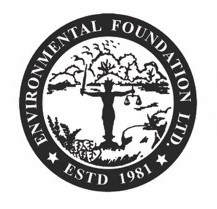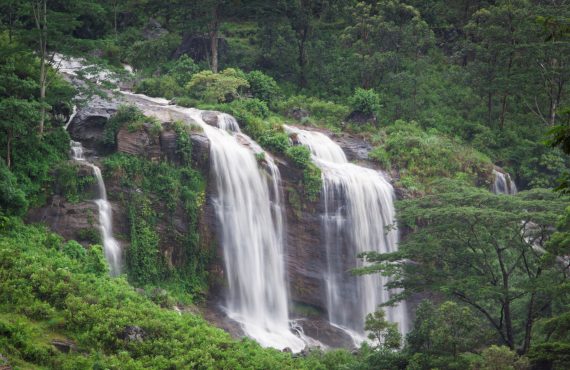EFL conducted a site visit to Erathne in the Ratnapura District, which lies between the Samanala Strict Forest Reserve (which is connected to the central highlands UNESCO World Heritage Site) and Eratna Girimale Protected Forest Reserve. The Kuru Ganga originates from the Samanala Reserve, flowing through the Girimale Reserve to eventually join the Kalu Ganga. Three mini hydro power plants with a capacity ranging from 10-2 MW are currently situated on the Kuru Ganga, while another mini hydro plant is under construction. The Marukanda hydro power project is the latest project to be commissioned along the Kuru Ganga. The residents predict that approximately 4km of the river will dry up if this project goes ahead.
In addition, with the collaboration of Sri Lanka Water Partnership, several residents from Dellawa were taken to Erathne in order to get an idea of the impacts of mini hydro power plants for communities.
In addition to declining water levels, the it was noted that water flow has decreased, with potholes formed by previous rapids now exposed on the rocks, forming a mosquito breeding ground. While a mini hydro developer introduced a new species of fish into the river to consume mosquito larvae, as mosquitoes lay eggs in isolated pools, this has been unsuccessful. Instead, the fish have now begun to eat the eggs of native fish and amphibians, causing an imbalance in the river ecosystem.
[mk_button dimension=”three” size=”medium” outline_skin=”dark” bg_color=”#00c8d7″ text_color=”light” icon=”” url=”https://efl.lk/v2/wp-content/uploads/2016/04/Mini-Hydro-Dialogue-Presentation.pdf” target=”_self” align=”left” id=”Buton ID” margin_top=”0″ margin_bottom=”15″]Download Presentation[/mk_button]








No comments yet.